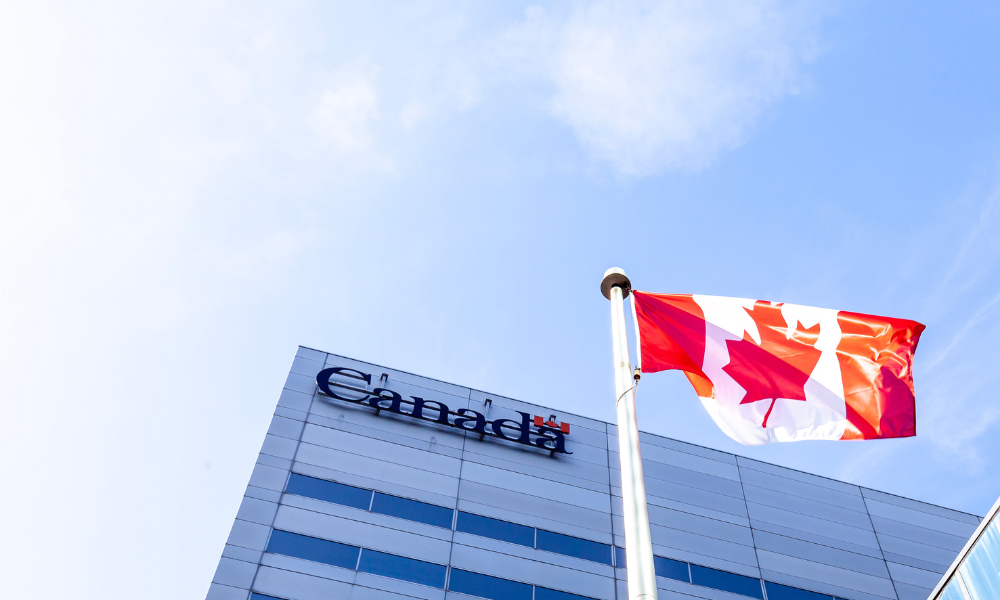Measures adopted to regulate banking industry after 2008 financial crisis may have just shifted risks

After the global financial crisis of 2008 revealed vulnerabilities that required a bailout of the U.S. banking sector, new regulations were introduced in an effort to curb risks to the financial system. They appeared to work as the next dozen years saw the development of a healthier banking system.
But as the novel coronavirus imposes what could be the most brutal economic stress test in living memory, another portion of the capital markets is emerging as a weak link.
“We need to rethink the regulation of the non-bank part of the financial system, because they could amplify what could become a full-blown financial crisis,” Vítor Constâncio, former vice-president of the European Central Bank, told the Financial Times.
Citing figures from the Financial Stability Board, the Times noted that assets controlled by the non-bank finance sector amounted to US$98 trillion at the peak of the 2008 financial crisis. Since then, it has swelled past US$180 trillion, outweighing global banking assets by nearly 20%, as the market ran bullish and non-banking entities filled the void left by banks over the past decade.
The vast majority of such bodies invest in equities and fixed income on behalf of a wide range of asset owners. But critics, referring to them as “shadow banks,” have warned of the threat they represented to financial stability. While activities certain corners of the space, including money market funds, have been regulated to become more transparent and formal, the Times noted that non-bank corners of the financial system remain untouched for the most part.
“[W]e’ve done much less [to regulate players] outside the banking system,” said New York University finance professor Richard Berner, who was also the former head of the US Treasury’s Office of Financial Research. “And that unlevel playing field tends to get regulatory arbitrage, with some activities simply migrating to less regulated entities.”
Figures from the Bank of International Settlements indicate that bonds now represent well over half of all global debt. As interest rates have remained stubbornly low for the past 10 years, investors have been searching for yield by venturing into riskier corners of the market and adopting more daredevil strategies. Against that context, bigger companies have taken to conducting their borrowing activities via bond-market issuances rather than through the banks.
While lower-rated debt can trade infrequently even in calm markets, accelerated selling in times of volatility can shove prices sharply lower, or cause trading to freeze totally. As many funds allow investors to withdraw money at their discretion, managers face the risk of bank-run like situations that would force them to dump assets at fire-sale prices, setting off a vicious cycle of lowering prices.



